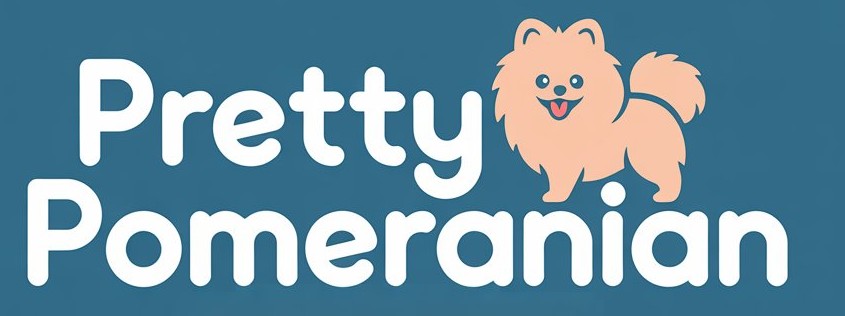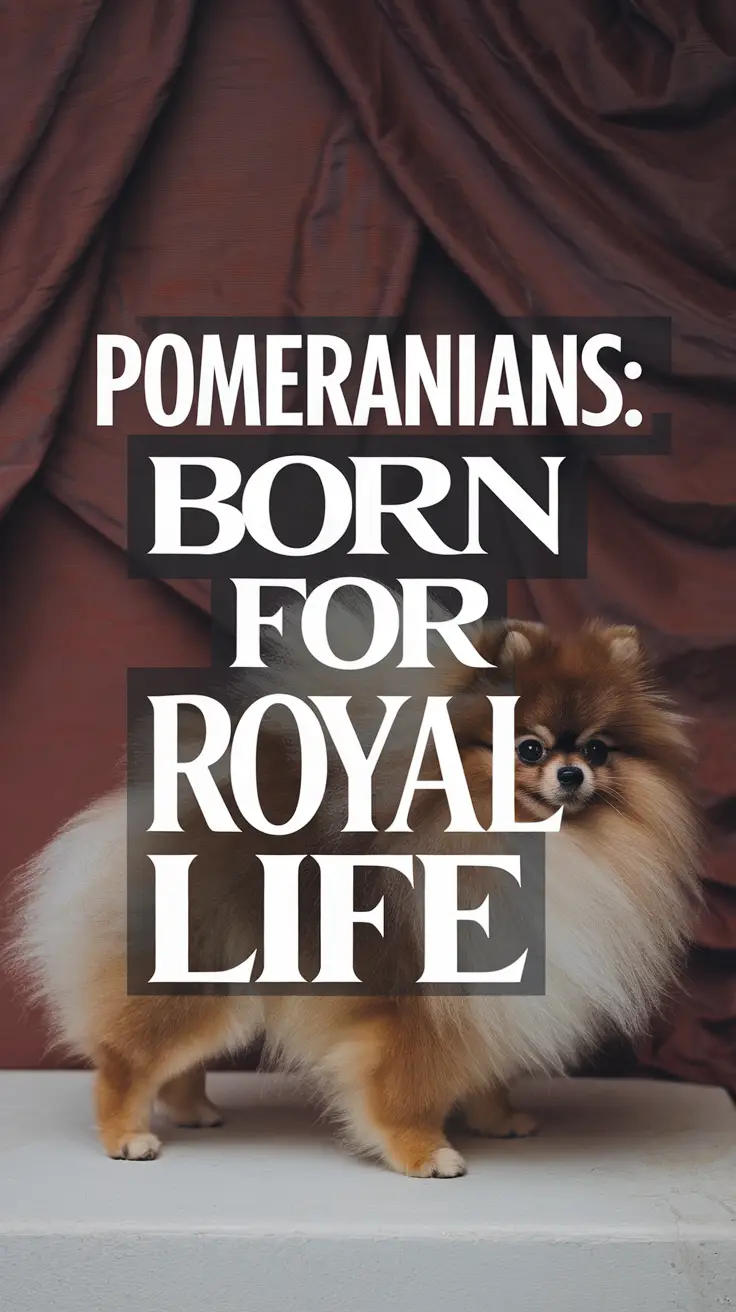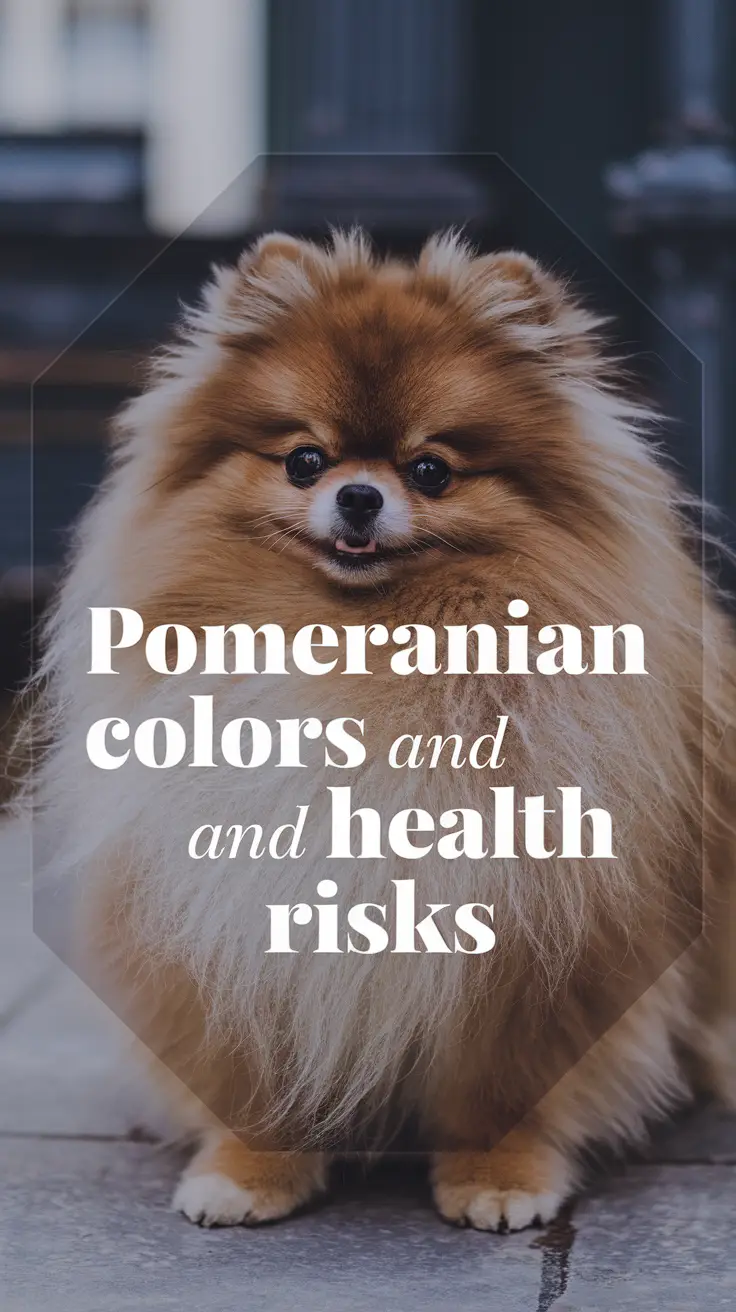Ever wonder how your fluffy little dictator went from hauling sleds across frozen tundra to demanding heated beds and gourmet treats? The transformation of Pomeranians from hardy working dogs to pampered palace pets is one of the most dramatic makeovers in canine history – and frankly, they’ve never looked back!
The Quick Transformation Summary
- Size Reduction: Selective breeding shrunk Poms from 30+ pound sled dogs to today’s 3-7 pound companions
- Royal Influence: European nobility, particularly Queen Victoria, popularized smaller Pomeranians as fashionable lapdogs
- Purpose Evolution: Their role shifted from Arctic work to companionship, entertainment, and status symbols
From Arctic Athletes to Apartment Royalty
My Sash weighs barely five pounds soaking wet, but her ancestors were robust working dogs in the Arctic regions of Poland and Germany (then called Pomerania). These original Pomeranians were actually members of the Spitz family, closely related to today’s Keeshonds and German Spitz dogs.
The original Pomeranians were serious working dogs – think more Husky, less handbag accessory. They pulled sleds, herded reindeer, and served as reliable companions in harsh Arctic conditions. Dr. Sarah Mitchell, a canine geneticist I spoke with, explained: “The genetic markers show these early Poms had the stamina and strength typical of working Spitz breeds, with thick double coats and sturdy bone structure.”
The Great Shrinking Act
The transformation didn’t happen overnight – it took generations of careful selective breeding to create the tiny treasures we know today. Here’s how the size evolution typically progressed:
| Era | Average Weight | Primary Role | Key Characteristics |
|---|---|---|---|
| Original Arctic Dogs | 30-50 pounds | Sled pulling, herding | Robust build, thick coat, high endurance |
| Early European Companions | 15-25 pounds | Farm work, companionship | Smaller but still sturdy, alert temperament |
| Victorian Era Favorites | 8-15 pounds | Lap dogs, show dogs | Refined features, luxurious coat |
| Modern Pomeranians | 3-7 pounds | Companionship, showing | Tiny size, bold personality, decorative coat |
When Royalty Called the Shots
The real game-changer came when European royalty fell head-over-heels for these fluffy charmers. Queen Victoria’s influence cannot be overstated – she didn’t just own Pomeranians, she actively bred them to be smaller and more refined.
I like to joke that Sash has clearly inherited this royal attitude. She expects to be carried up stairs (all three of them in our ranch house), demands the finest food, and gives me withering looks when her grooming appointment is delayed. The apple doesn’t fall far from the aristocratic tree!
The Personality Paradox
Here’s what fascinates me most: despite their dramatic physical transformation, Pomeranians retained their big dog attitude. This creates some amusing contradictions:
What Stayed the Same
- Fearless attitude (Sash regularly challenges dogs ten times her size)
- High intelligence and trainability
- Strong protective instincts
- Alertness and vocal nature
- Independent thinking
What Changed Dramatically
- Physical capabilities (no more sled pulling!)
- Exercise requirements
- Cold tolerance
- Dietary needs
- Grooming requirements
The American Kennel Club notes that modern Pomeranians still exhibit many behavioral traits of their working ancestors, just packaged in a much smaller (and arguably more demanding) form.
The Modern Pom Lifestyle
Today’s Pomeranians have fully embraced their pampered status. Gone are the days of sleeping in snow – now they require:
- Climate Control: Heated beds, sweaters, and air conditioning
- Gourmet Dining: Premium foods, often served at room temperature
- Professional Services: Regular grooming, dental care, and spa treatments
- Entertainment: Interactive toys, socialization, and constant attention
- Transportation: Carriers, strollers, and car seats (safety first!)
I must admit, I’m somewhat complicit in this lifestyle evolution. Sash has her own Instagram account, a wardrobe that rivals mine, and a grooming budget that would make some people weep. But honestly? She’s earned it with her unwavering loyalty and endless entertainment value.
The Challenges of Extreme Miniaturization
This dramatic size reduction wasn’t without consequences. Modern Pomeranians face health challenges their ancestors never encountered:
Common Health Considerations
- Luxating patella: Kneecap dislocation due to delicate bone structure
- Tracheal collapse: Weakened windpipe from breeding for smaller necks
- Dental overcrowding: Too many teeth in increasingly small mouths
- Hypoglycemia: Low blood sugar episodes in tiny bodies
- Fragility: Increased risk of injury from falls or rough handling
Responsible breeding practices have improved many of these issues, but potential owners should understand these trade-offs. My veterinarian, Dr. Johnson, always reminds Pom parents: “They may think they’re giants, but their bodies need gentle handling.”
Training: Big Dog Methods, Small Dog Reality
Training a Pomeranian requires acknowledging both their working dog intelligence and their current physical limitations. Sash learned basic commands faster than any dog I’ve owned, but I had to adapt traditional training methods:
- Use tiny, high-value treats (her stomach is walnut-sized)
- Keep training sessions short but frequent
- Focus on mental stimulation over physical exercise
- Address “small dog syndrome” early and consistently
- Socialize extensively to prevent fear-based aggression
The Future of the Breed
Modern Pomeranian breeding is slowly shifting toward prioritizing health alongside appearance. Responsible breeders are working to maintain the breed’s beloved characteristics while addressing some health concerns through careful genetic selection.
Some breeders are even producing slightly larger Poms (8-12 pounds) that retain the classic look but with improved durability – though convincing owners to accept “larger” Pomeranians remains challenging when Instagram feeds are full of teacup-sized celebrities.
Embracing the Transformation
The journey from sled dog to sofa sovereign represents one of the most successful breed transformations in canine history. While we might chuckle at a five-pound dog demanding to be carried upstairs, we should appreciate the remarkable adaptability this represents.
Pomeranians didn’t just survive their transformation – they thrived, becoming one of the most beloved companion breeds worldwide. They’ve traded their working dog duties for something arguably more challenging: providing unconditional love, endless entertainment, and the occasional reality check about who really runs the household.
Every time Sash curls up in my lap, I’m reminded that while she may be far removed from her sled-pulling ancestors, she’s perfectly evolved for her current job: being an irreplaceable companion who brings joy, laughter, and just the right amount of drama to everyday life. And honestly? I think both she and her ancestors would be proud of how far the breed has come.




